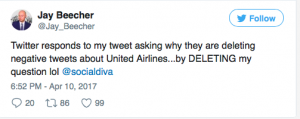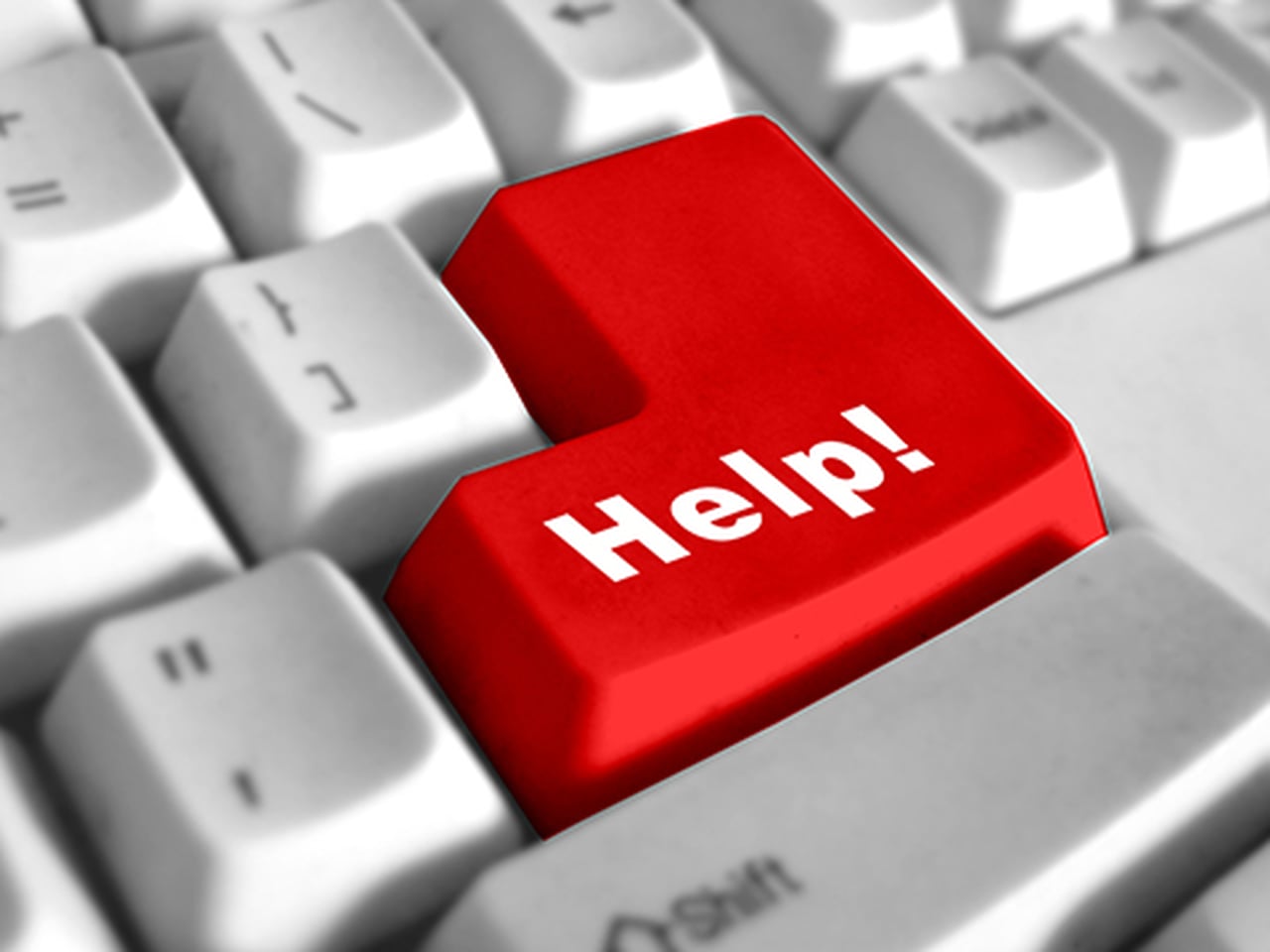While the digital arena has opened up endless possibilities for companies and customers to connect, it has also exposed companies to unpredictability. Users online have access to the latest information at their fingertips and can too easily react negatively to a brand. Here are 5 points to help you keep the stormy digital waters calm:
1. Monitor constantly
Social mentions of your brand should be tracked at all times, especially if there are negative mentions. You need to respond quickly to customer complaints online. Deploy a real-time system to track social mentions and brand sentiment so customer appreciation responses can be issued quickly and digital crises can be swiftly addressed. You can track social mentions on various social media monitoring and listening tools, such as Social Mention, Klout, Google Alerts, Brand24, TweetReach, HootSuite, Brandwatch and SimilarWeb. Social media wall platforms should be used to track real-time display of social media conversations, mainly for meetings and events. Although, nowadays, some companies are using them on their premises to closely monitor social media conversations about their brand, as a social media crisis can negatively impact your share price. For example, Amazon’s stock market value declined by $5 billion after President Donald Trump tweeted accusations about Amazon not paying their fair share of taxes and causing job losses in traditional retail. Some recommended social media wall platforms are: LiveWall, Zoomph, Tagboard, Hootfeed, Tweetwall, Postano, Tint, PresentersWall and Snapcastr.
2. Respond Immediately
Communication is vital. Don’t ignore the customer. At least respond by saying “we’re looking into it.” Respond quickly and politely. Address the concern as best as you can. Thank the person for his or her input and feedback. You might want to move the conversation offline to email or phone. If it’s a customer complaint, offer a concession, a discount, a free trial or a voucher, something appropriate for the brand. Remember, it’s too easy for customers to  express themselves online, so try to diffuse the situation before others can join in on the tirade and the situation escalates into a digital crisis. A recent example is, British Airways had an IT failure that left hundreds of passengers grounded at Heathrow and Gatwick airports. Later in the afternoon, a video was tweeted of Chief Executive, Alex Cruz, apologizing for the inconvenience caused. Instead of generating a positive reaction, it generated a backlash of negative tweets. If British Airways had tweeted immediately when the failure occurred in the morning, the criticism could have been curbed.
express themselves online, so try to diffuse the situation before others can join in on the tirade and the situation escalates into a digital crisis. A recent example is, British Airways had an IT failure that left hundreds of passengers grounded at Heathrow and Gatwick airports. Later in the afternoon, a video was tweeted of Chief Executive, Alex Cruz, apologizing for the inconvenience caused. Instead of generating a positive reaction, it generated a backlash of negative tweets. If British Airways had tweeted immediately when the failure occurred in the morning, the criticism could have been curbed.
3. Don’t Delete Negative Tweets
Deleting negative tweets will only exacerbate the issue and make the brand appear discreditable. Unless the post incites hatred or causes serious harm to the brand, then it is justifiable to delete, but if it’s a slightly critical post, you are better off letting it be.
 You might recall the recent incident in April of this year of a passenger being dragged off an overbooked United Airlines flight traveling from Chicago to Louisville. A video of this incident was re-posted over 170,000 times on Twitter and circulated on YouTube, Facebook, websites and TV. Some people angrily tweeted that they would even boycott the airline. One Tweeter @JayBeecher accused Twitter of automatically deleting his tweets that contained an @United tag, despite his tweets contained only mildly critical
You might recall the recent incident in April of this year of a passenger being dragged off an overbooked United Airlines flight traveling from Chicago to Louisville. A video of this incident was re-posted over 170,000 times on Twitter and circulated on YouTube, Facebook, websites and TV. Some people angrily tweeted that they would even boycott the airline. One Tweeter @JayBeecher accused Twitter of automatically deleting his tweets that contained an @United tag, despite his tweets contained only mildly critical  content.
content.
Another tweeter, Mike Ferry, posted that Twitter deleted his slightly negative tweets regarding @united. Twitter declined to comment.
 Consequently, when United Airlines launched their #UnitedJourney campaign to encourage passengers to share their travel photos, instead the passengers retaliated by using the hashtag to slam the airline and its handling of the shameful passenger incident.
Consequently, when United Airlines launched their #UnitedJourney campaign to encourage passengers to share their travel photos, instead the passengers retaliated by using the hashtag to slam the airline and its handling of the shameful passenger incident.
4. Educate Your Employees
Employees should understand that loyalty extends to all forms of communication, internally and externally to the company. A set of guidelines on how to respond to difficult situations should be provided. A risk escalation protocol is an effective visual that employees can use at hand for response preparation.
Additionally, community guidelines for the customer should be posted across all social media channels, on content sharing platforms or where online customer interaction can occur. Customers should be made fully aware of the house rules and their rights and privacy.
5. Establish a Corporate-wide Digital Crisis Strategy
Appoint a digital crisis team. Some team members to consider are the social media manager, social media coordinator, product support, community manager and any other members involved in the company’s digital strategy. Designate particular employees to manage social media issues that might arise. Update frequently. Keep your audience updated on the matter until it is resolved. Tap into your brand ambassadors or influencer network to promulgate good news about the brand and publish online press releases to revive a positive image.
So, with these points in mind, you can prevent negative brand sentiment from escalating into a digital crisis, closely monitor online users and be amply prepared to manage issues as they arise.







